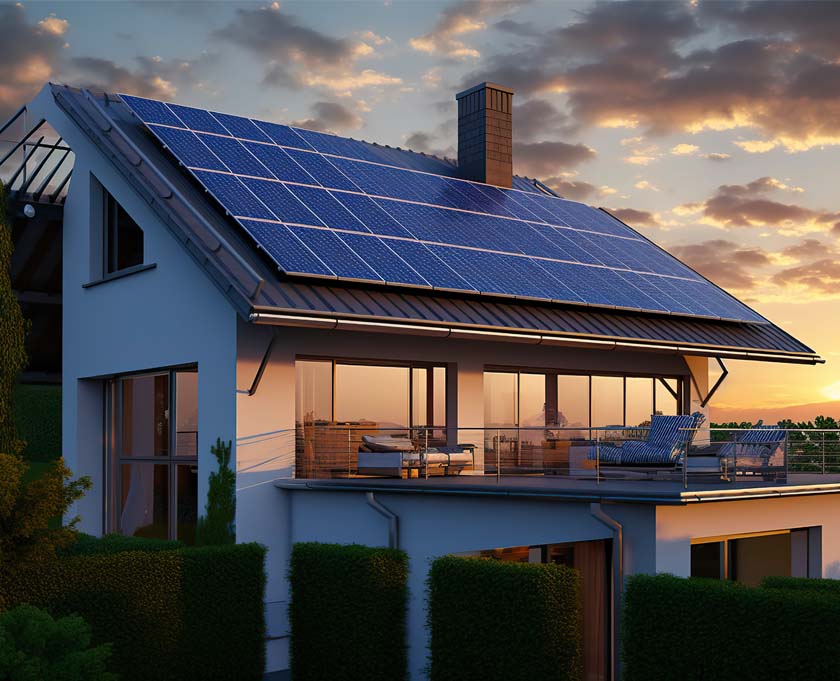Beautiful Plants For Your Interior

Solar energy systems can be broadly categorized into off-grid and on-grid configurations, each serving distinct needs and scenarios.
- Off-Grid Solar Systems: Independence Beyond the Grid
- Functionality: Off-grid systems operate independently of the utility grid. They generate and store energy on-site, typically relying on a combination of solar panels, charge controllers, batteries, and inverters.
- Use Case: Ideal for remote locations where grid connections are unavailable or impractical. Off-grid systems provide energy autonomy, making them suitable for cabins, rural homes, or emergency preparedness scenarios.
- Storage: Off-grid systems require energy storage solutions, typically in the form of batteries, to store excess energy generated during sunny periods for use during times of low or no sunlight.
- Advantages: Complete energy independence, suitable for remote areas, resilience during grid outages.
- Considerations: Higher upfront costs due to the need for energy storage, careful energy management required to ensure continuous power supply.
- On-Grid Solar Systems: Integrating Solar with the Utility Grid
- Functionality: On-grid systems, also known as grid-tied systems, are connected to the utility grid. Solar panels generate electricity that is either consumed on-site or fed back into the grid.
- Use Case: Common in urban and suburban areas where a reliable grid connection exists. On-grid systems allow users to benefit from solar energy while staying connected to the grid for additional power needs.
- Storage: Most on-grid systems do not include energy storage solutions. Excess energy is typically fed back into the grid, and users may receive credits for the surplus energy produced (net metering).
- Advantages: Cost-effective, potential for earning credits through net metering, reduced reliance on grid power during sunny periods.
- Considerations: Vulnerable to power outages when the grid is down, may require additional components for backup power.
Backup Power Systems: Ensuring Continuity in Power Supply
A backup power system, often incorporated into both off-grid and on-grid configurations, provides a secondary power source when the primary source is unavailable.
- Components: Backup power systems may include generators, batteries, or other energy storage solutions. In the context of solar systems, batteries play a crucial role in storing excess energy for later use during grid outages or times of low sunlight.
- Functionality: When the primary power source, whether it be the grid or solar panels, is unavailable, the backup power system automatically kicks in to provide electricity to critical loads or the entire system.
- Applications: Backup power systems are essential for ensuring continuity in critical operations, such as hospitals, emergency services, or residential homes where a consistent power supply is crucial.
- Advantages: Increased reliability, ability to maintain power during grid outages, enhanced energy independence.
- Considerations: The capacity and duration of the backup power system, as well as the choice of energy storage technology, impact its effectiveness in providing continuous power.
In summary, the choice between off-grid and on-grid solar systems depends on factors such as location, energy independence goals, and the availability of a reliable grid connection. A backup power system, regardless of the primary configuration, enhances reliability and ensures a consistent power supply during unforeseen circumstances.

Hi, this is a comment.
To get started with moderating, editing, and deleting comments, please visit the Comments screen in the dashboard.
Commenter avatars come from Gravatar.